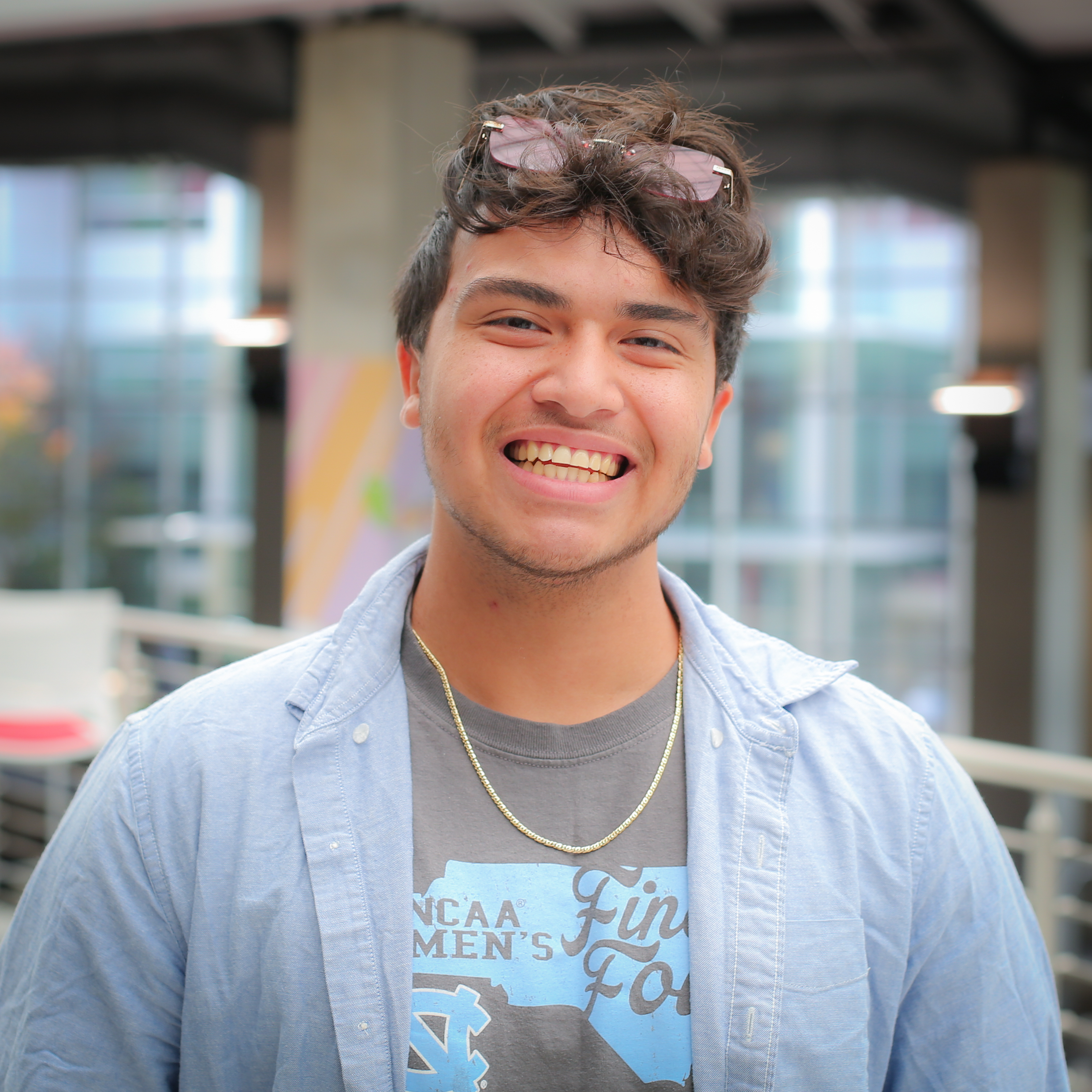Grant Will Help University of Oklahoma Train Medical Students From Tribal, Rural Communities
Editor & Writer
Editor & Writer
Editor & Writer
Editor & Writer

- The U.S. Department of Health and Human Services (HHS) granted the University of Oklahoma (OU) $16 million to create The Tribal, Rural, and Medically Underserved Communities in Oklahoma Pathways Program (TRU-OK)
- According to OU, all but two counties in the state are classified as primary care shortage areas.
- OU will support students through an online pre-medical program, scholarships, hands-on experiences, and stipends for travel to conferences.
The University of Oklahoma (OU) hopes medical students from tribal, rural, and medically underserved communities can help improve healthcare disparities in the state by serving their hometowns.
The U.S. Department of Health and Human Services (HHS) granted OU $16 million over four years to create the The Tribal, Rural, and Medically Underserved Communities in Oklahoma Pathways Program (TRU-OK). The goal is to train medical students so they will set up practices in their underserved communities.
"We are thrilled about this grant and are excited to partner with communities across Oklahoma," Jim Barrett, professor and family medicine chair at OU College of Medicine, said in a press release. "One of the unique aspects of this grant is that it is focused on enhancing medical student education by creating curricula that emphasizes how primary care can improve the health of all Oklahomans, particularly those in underserved and rural locations."
OU ranks 47th in the nation for primary care access, Mary Gowin, project co-investigator and associate professor, said in the release. And all but two of the state's counties are classified as primary care shortage areas.
Oklahoma also has one of the most acute nursing shortages at 7.96 nurses per 1,000 state residents, according to NurseJournal. This is below the U.S. average of 9.22 nurses per 1,000 residents.
About 41% of the Oklahoma population lives in rural cities and towns. Oklahoma is also home to 38 federally recognized tribes, the largest number of any state. About 43% of the state is made up of tribal lands, said Gowin.
"Some of our counties, or areas within an urban county, are being underserved because all the healthcare is concentrated around a few hospitals or health systems," Frances K. Wen, co-investigator, professor, and research director for the OU-Tulsa Department of Family and Community Medicine, said in the press release.
Here's How OU Will Empower Medical Students From Underserved Communities
The school will implement an online pre-medical program for prospective students, offering scholarships and opportunities to participate in primary care research experiences and travel to conferences.
Wen said that some tribal, rural, and underserved students are first-generation students who "may discover later on in their trajectory that this is something that they're really interested in and excited about, and the pre-medical program allows them to explore and prepare themselves for a career in medicine."
OU is working with academic, tribal, and hospital partners to provide students with experiences in primary care, social determinants of health, vulnerable populations, and trauma-informed care. Students will also be able to do rotations, clerkships, and electives in underserved areas in the state.
OU plans to grow existing partnerships with the Muscogee Creek Nation, Chickasaw Nation, Hillcrest HealthCare Systems, and Jackson County Memorial Hospital and establish new partnerships including Integris Health, Southwestern Oklahoma State University, and Langston University, one of the country's historically Black colleges and universities.
"We look forward to expanding our tribal and health system partnerships as we continue to bring talented new medical students, physician assistant students, and resident physicians in numerous specialties from many communities in Oklahoma and beyond to our school," OU-Tulsa School of Community Medicine Dean James M. Herman said in the release.
"We just love that the acronym TRU-OK is able to really reflect what we feel, which is that this is truly for Oklahoma, and we feel really proud of being able to be a part of a program that's aimed at helping all of Oklahoma," Gowin said.
OU Commits to Solving Healthcare Shortages
In August, OU announced a $2.7 million grant from HHS to address the national nursing shortage. The Fran and Earl Ziegler College of Nursing will train more faculty and advanced practitioners — the lack of trained faculty is a driving cause of the nursing shortage.
Most of the grant will fund scholarships and stipends for 12 full-time and nine part-time advanced practice students over the next four years.
The Nurse Faculty Loan Program provides nursing students up to $40,000 per academic year, and they can have up to 85% of their loan forgiven if they work at an accredited nursing school post-graduation as a full-time faculty employee for at least four years, BestColleges previously reported.
















